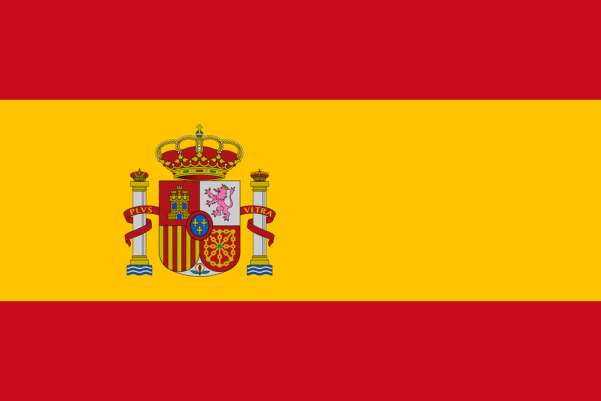Brazilian steakhouses are becoming increasingly popular throughout the world. Understand why
Food makes up an important part of the culture and identity of Brazil, and churrasco (barbecue) is a central feature. Churrascarias (steakhouses) are always fully booked and “barbecuing a little meat” at home with family and friends is not reliant on the weather: come rain or shine, it is a popular choice all year round. Barbecued meat is, alongside feijoada (meat and bean stew), one of the foods that typify Brazilian cuisine.
The link between man and meat dates back to the dawn of humanity, to the time of cavemen when hunting was essential for survival. The flavour of meat caught on and cooking it was simple. From there we evolved, and in Brazil, barbecued meat has become a registered trademark of local culture and tradition.
For tourists who visit Brazil, irrespective of region or city, a trip to a steakhouse is a must, an irresistible opportunity to savour the incomparable and authentic taste of Brazilian barbecue.
Green: I want more. Red: I’m done.
The way meat is served in these steakhouses, known as rodízio (which loosely translates as “rotation”) works on the principle of “eat as much as you can” and is as popular amongst foreigners as it is Brazilians.
This is how it works: the restaurant charges a fixed price per head (drinks not included) and you can try every type of meat – chicken, lamb, sausages, and a wide range of beef and port cuts – repeating as many times as you wish. However, Brazilian BBQ these days it is not only about the more traditional cuts. In Brazil, there are some steakhouses that already offer some unusual options on their menus, meats that go down well with the more demanding and adventurous diners, such as wild boar, alligator, frog, quail, rabbit and ostrich.
With the rodízio system, the waiters come to the table carrying large skewers and present you with various types of meat from which to choose, and right there at the table, they slice the meat (to your preferred thickness) onto your plate, according to how you like it cooked (medium rare, medium or well done).
While you are eating, there is a unique etiquette of “table signs” – which are made of paper, wood or metal, depending on the creativity of the steakhouse – which indicate your appetite via a simple colour code: the green sign, which says “Yes, please”, means that the waiters are free to circulate the table, continuing to offer all kinds of meat, until you flip the sign over to show the red side, which says, “No, thanks”, indicating that you are satisfied for now. In addition to the meat, the steakhouses also offer a buffet of salads, and some go even further, adding hot dishes, sushi, fish, cheeses, cold meats, and other side dishes like chips, pão de queijo (cheese bread), and pastéis (deep-fried puff pastry with filling).
The rodízio way of eating is winning fans from all four corners of the world and the UK, home to such a vast range of culinary influences, is no exception. The number of rodízio steakhouses is growing and you can already find several of them scattered across London and the UK. The British are fast adapting to this new style of eating out, and to the delight of many, the majority of these steakhouses also offer classic Brazilian desserts like pudim de leite condensado (crème caramel), passion fruit mousse, brigadeiro cake (sweet chocolate cake) and quindim (a baked dessert made with egg yolk and ground coconut). For Brazilians, it’s a great cure for the homesick, but for the English, it’s a chance to taste and delight in something truly new and unique.

















